Note: Images represent material available either in our warehouse or through our network of local suppliers.
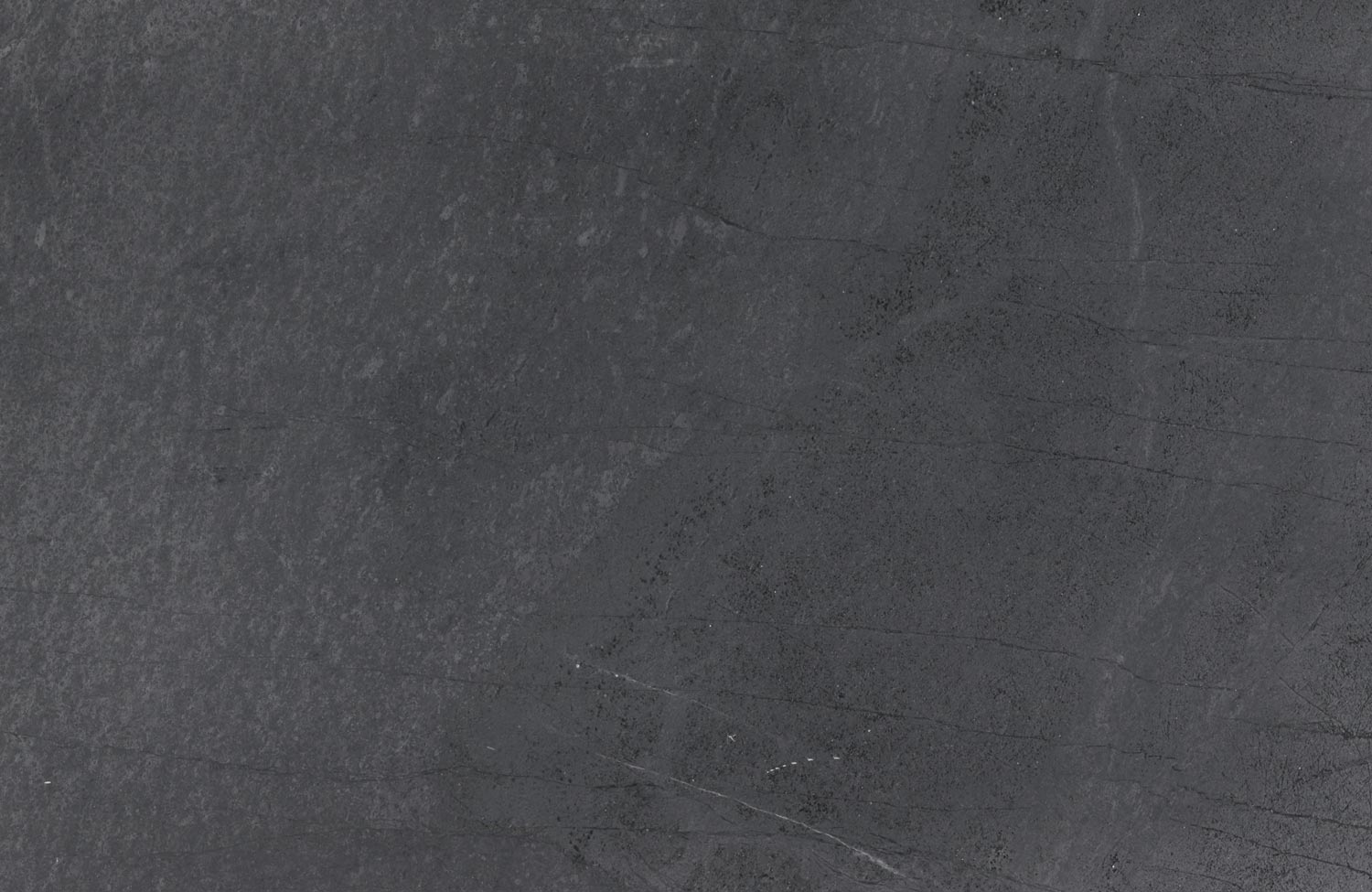
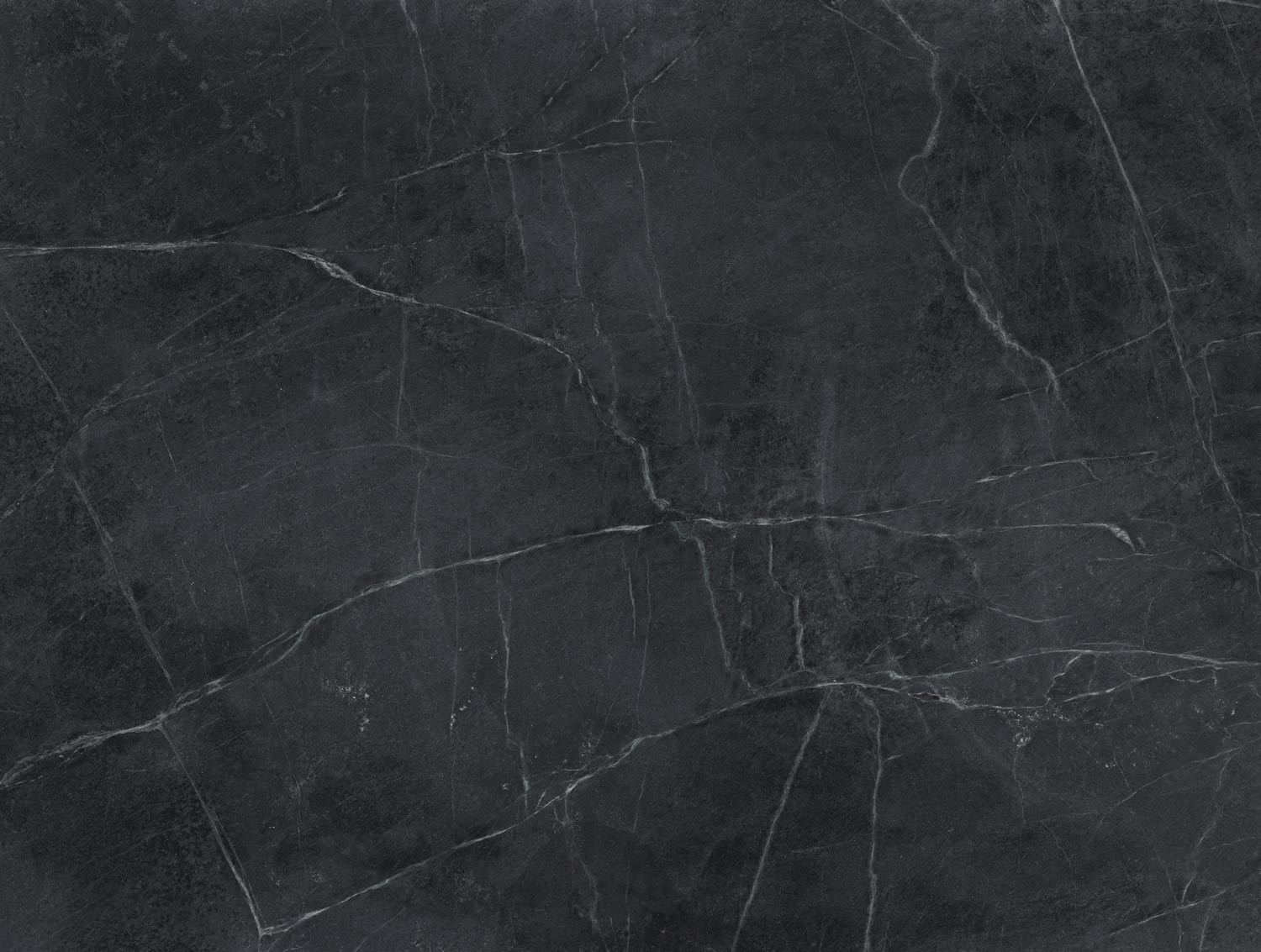
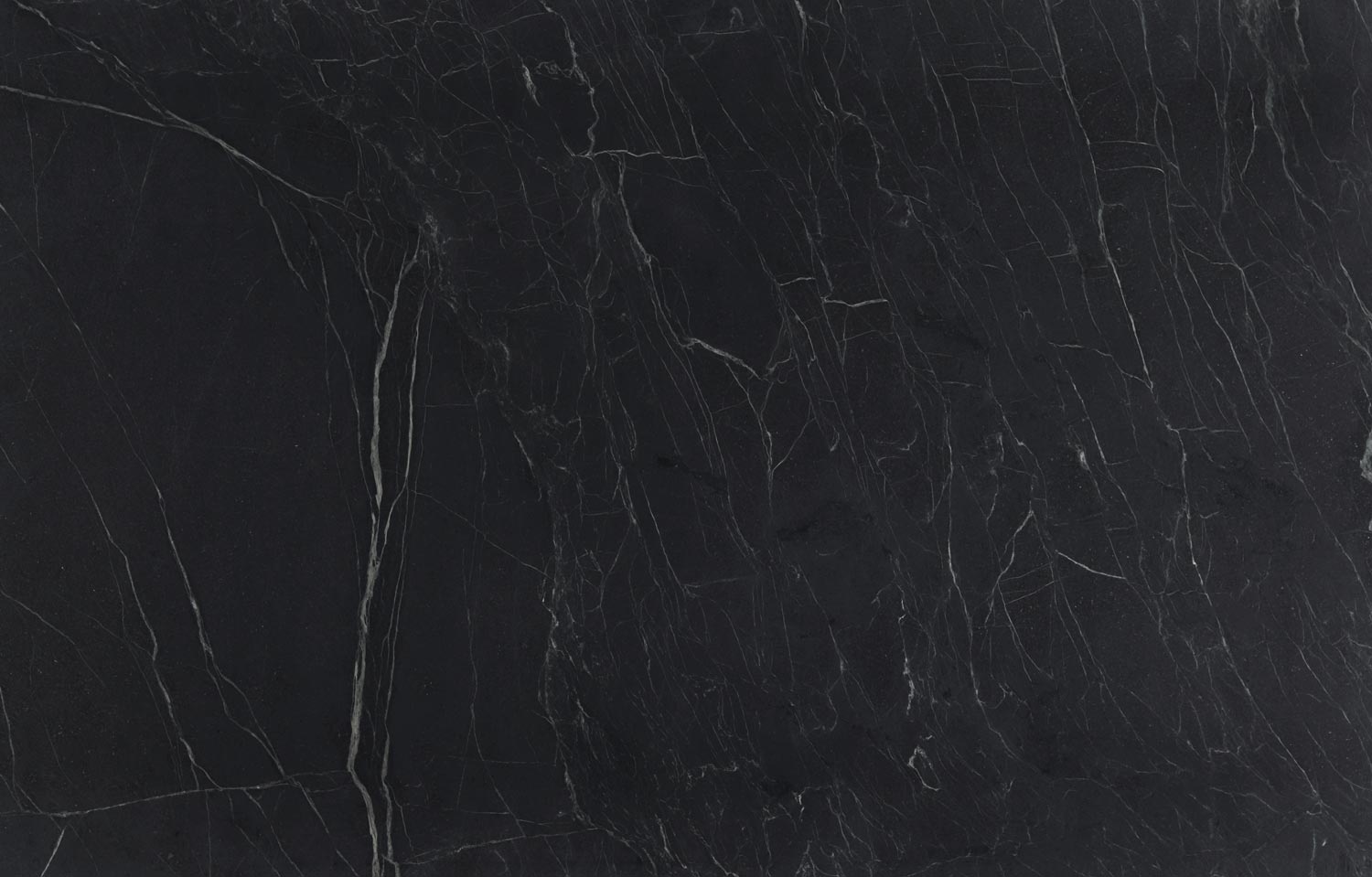
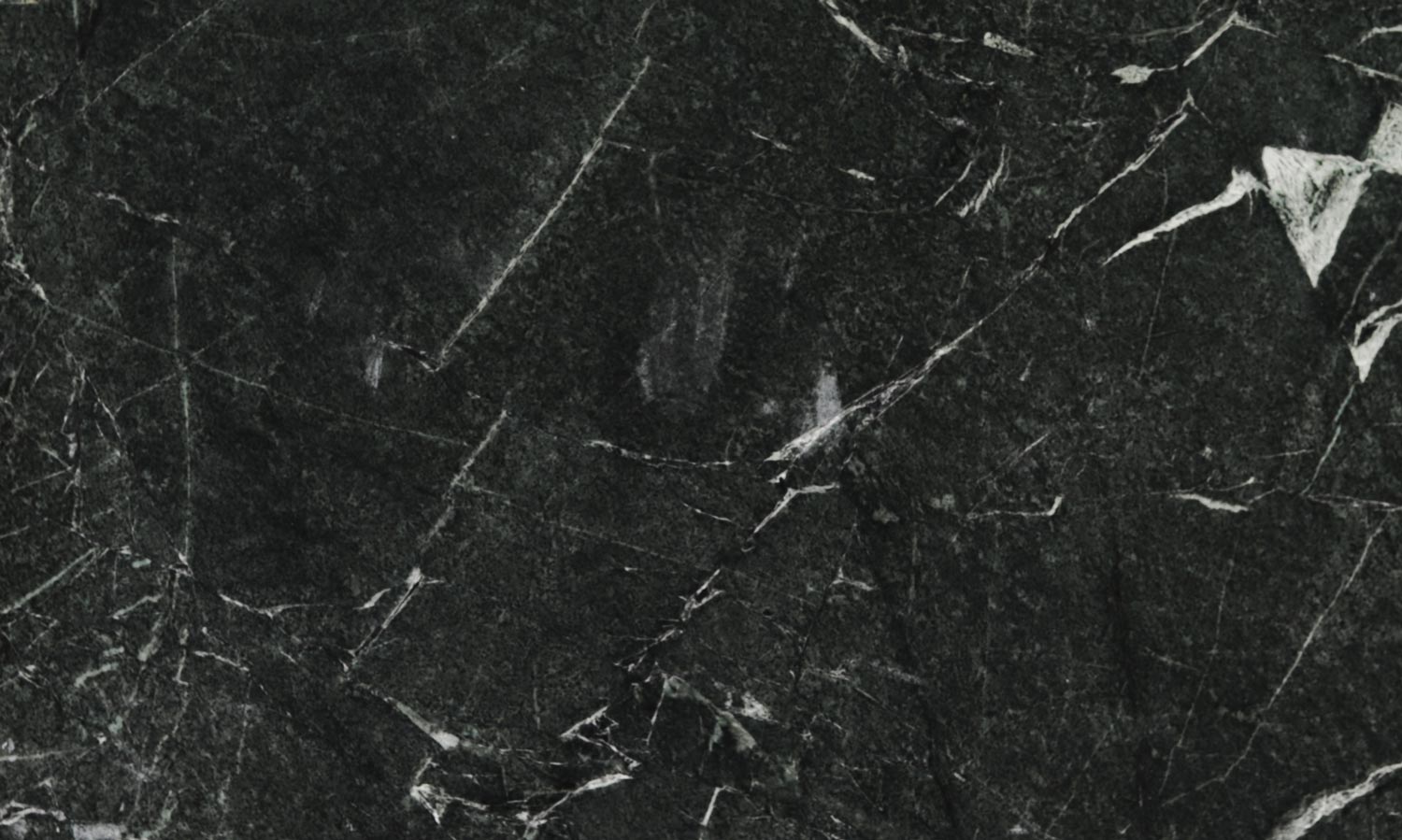
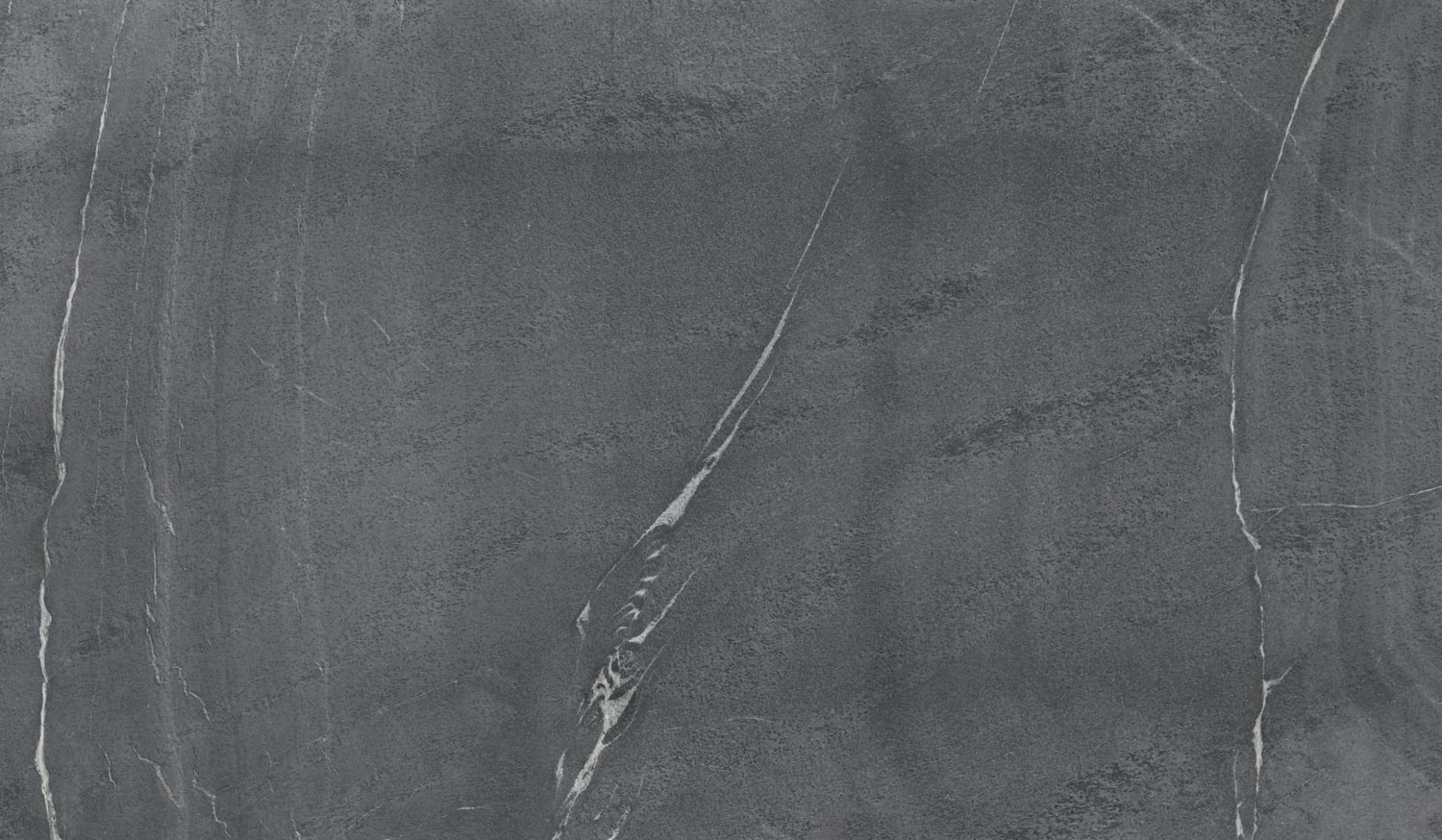
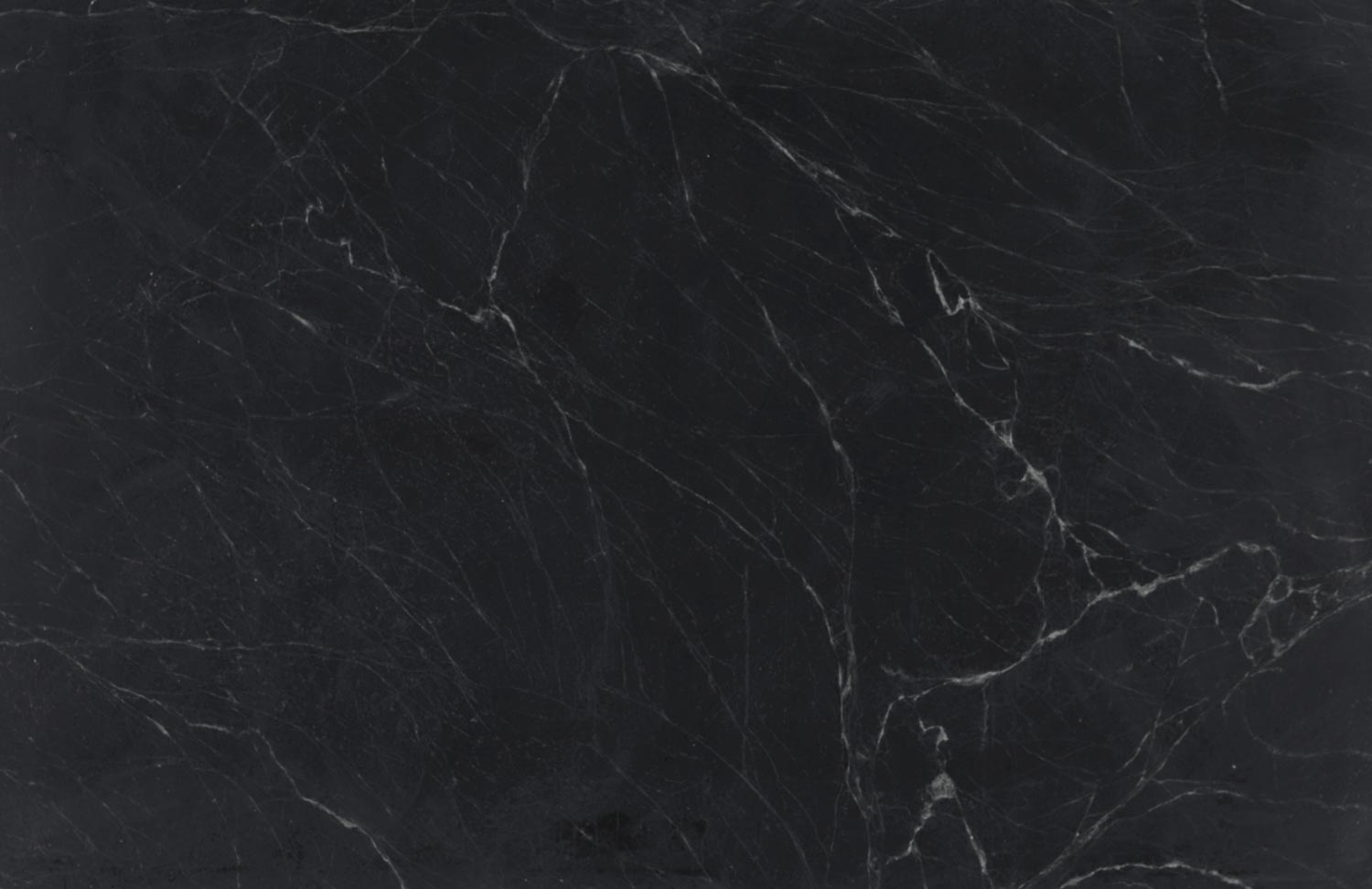
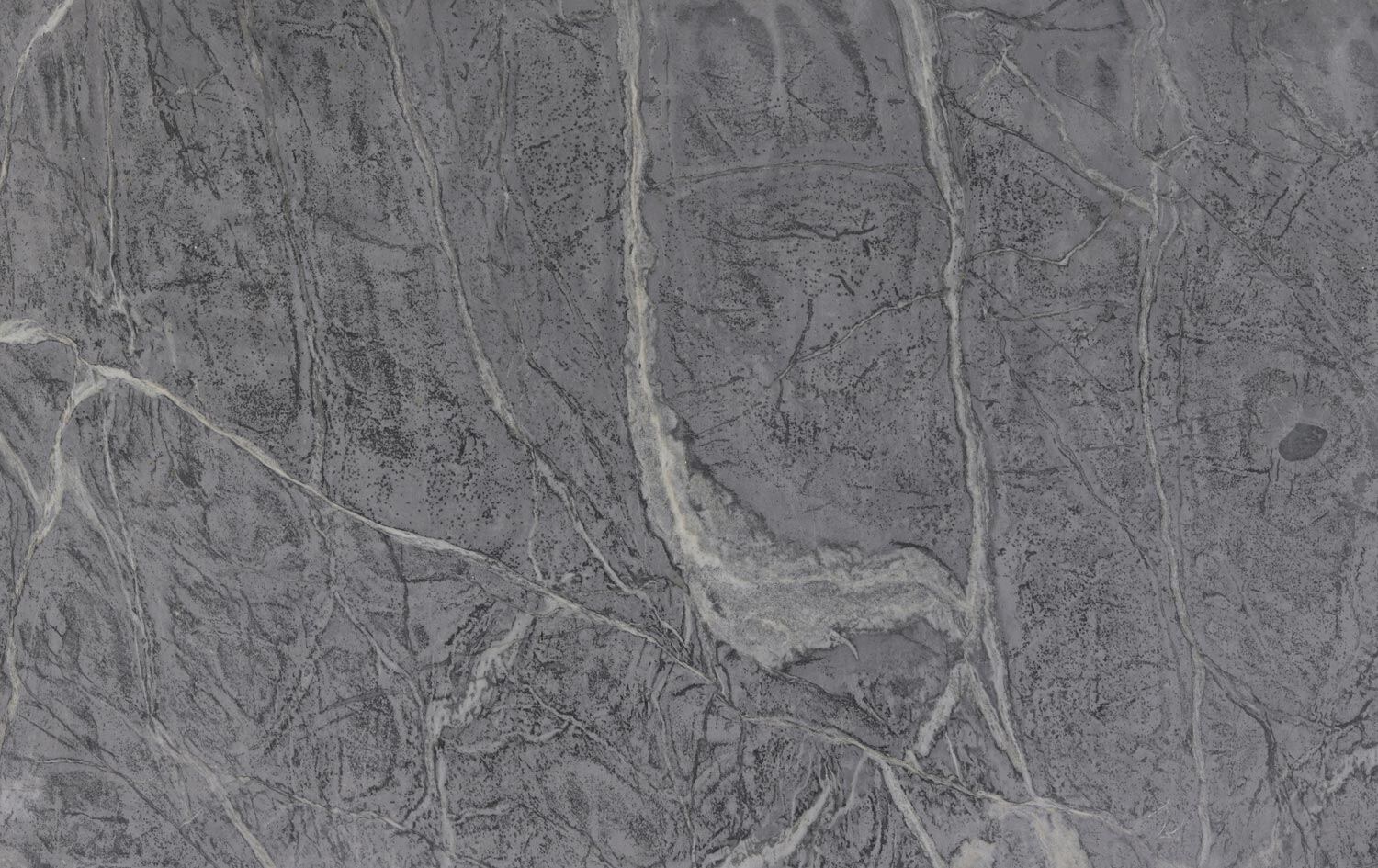
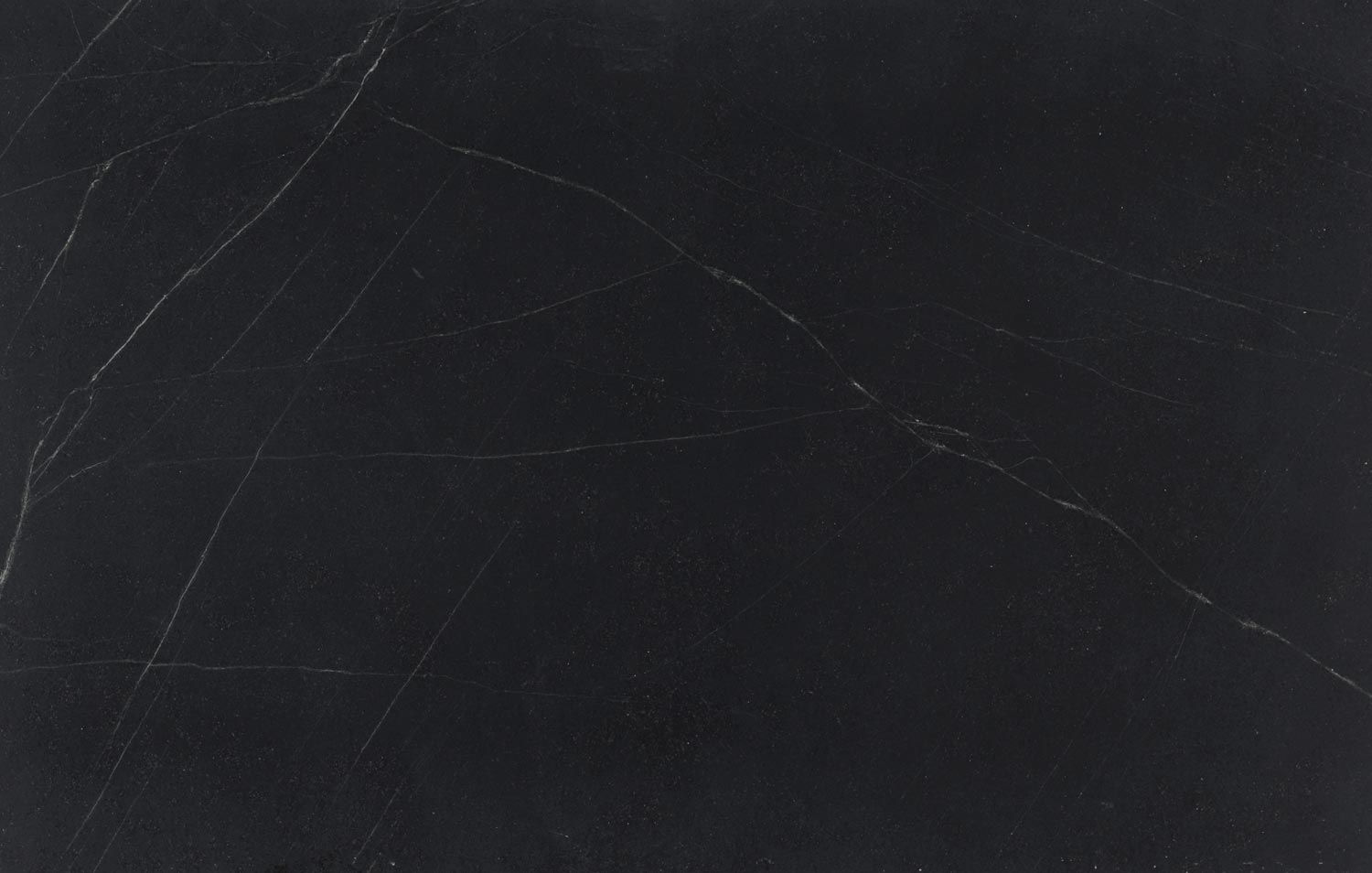
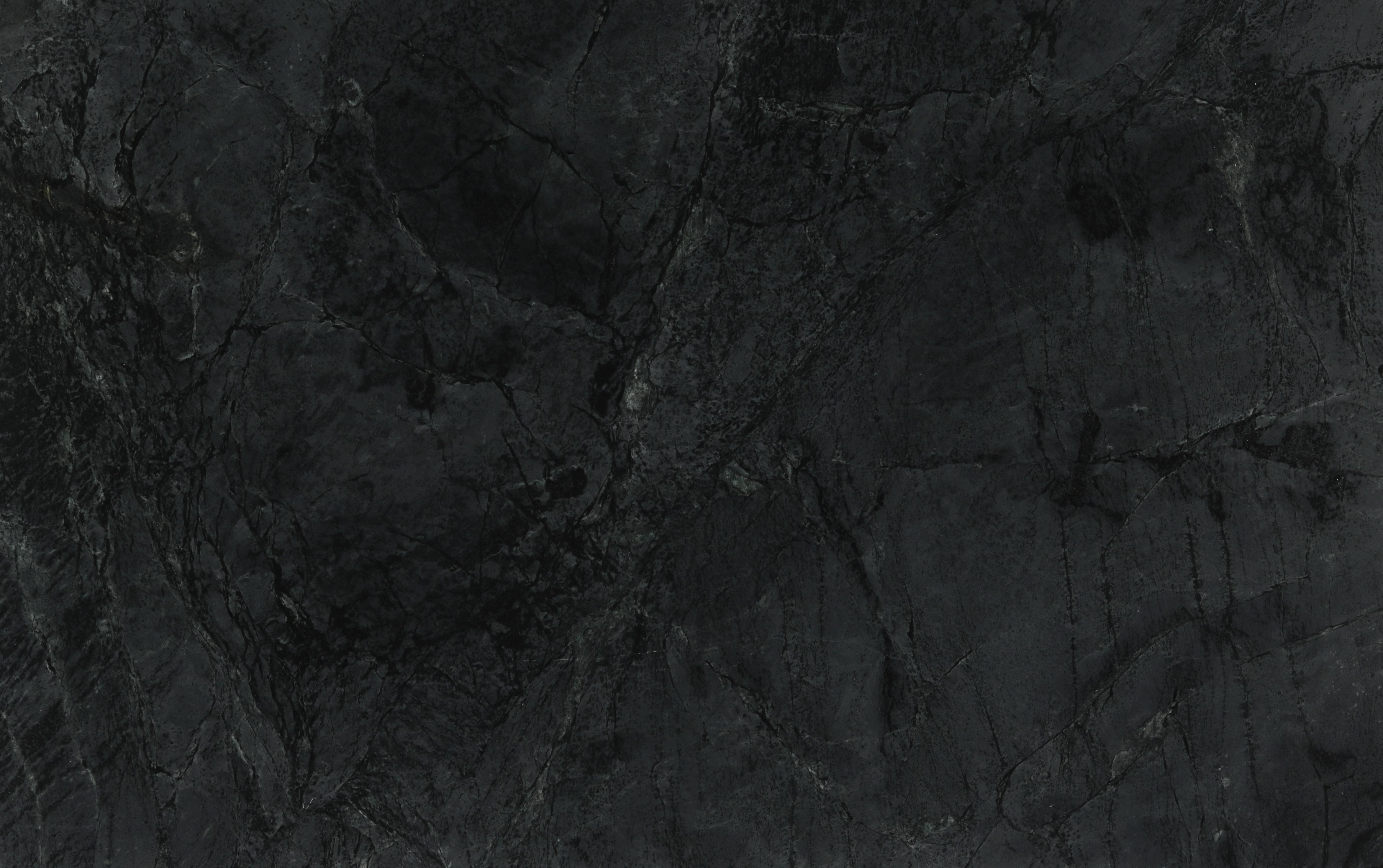
Soapstone Countertops
People recognize soapstone countertops for their classic beauty, natural richness, and practical benefits. This natural stone is exceptionally versatile. It works well for kitchen countertops and many other areas in and around the home.
People admire soapstone for its unique character and charm, and it develops a rich patina as it beautifully ages. Whether you’re choosing soapstone slabs for a rustic farmhouse or a modern kitchen, each piece tells its own story.
From a practical point of view, soapstone is easy to care for. Its heat resistance is well-known, and it’s one of the few naturally occurring stones that don’t need sealing.
What makes soapstone stand out is the feel—smooth, almost silky, yet solid and grounding. You notice it the moment you touch it. Not just a countertop; it’s an experience.
Many of our clients who choose soapstone counters feel a strong emotional connection to its historical look. They know it will add character to their home.
Come visit us and see if soapstone countertops might fit your story.
The Natural Charm and Unique Versatility of Soapstone Countertops
With its soft matte finish and muted tones, soapstone countertops bring quiet elegance to any design style.
Soapstone countertops isn’t flashy it’s timeless.
With its soft matte finish, subtle veining, and naturally cool touch, it brings quiet elegance to any space.
The colors range from soft gray and subtle green to deep charcoal, and each piece has its own personality.
Over time, it develops a natural patina, deepening in tone.
Occasional oiling can bring out its rich, dark color, but it's completely optional.
Left unoiled, it simply keeps a lighter appearance.
You don't need to seal it, and you can easily maintain it.
With its soft matte finish and muted tones, soapstone countertops bring quiet elegance to any design style.
Soapstone countertops isn’t flashy it’s timeless.
With its soft matte finish, subtle veining, and naturally cool touch, it brings quiet elegance to any space.
The colors range from soft gray and subtle green to deep charcoal, and each piece has its own personality.
Over time, it develops a natural patina, deepening in tone.
Occasional oiling can bring out its rich, dark color, but it's completely optional.
Left unoiled, it simply keeps a lighter appearance.
You don't need to seal it, and you can easily maintain it.

The Key Benefits of Soapstone
Natural Beauty: Soapstone offers a unique, rustic appearance with soft, subtle veining that adds character to any space. As a natural stone, its texture and feel are hard to replicate.
Heat Resistance: Soapstone can resist heat exceptionally well. This makes it great for use near stoves and fireplaces. Also, it serves as a good place for hot cookware. Not all stones can handle heat like soapstone does.
Stain & Bacteria Resistance: Soapstone does not absorb liquids and fights germs naturally. This makes it a great choice for kitchens and bathrooms.
Patina Development: Over time, soapstone develops a special patina. This patina slowly darkens the surface. It gives the stone a richer, more lived-in look. This natural aging process is part of what makes each piece one-of-a-kind.
Low Maintenance: Unlike other natural stones, soapstone does not require sealing and is easy to maintain.
Durability: Soapstone is softer than quartz countertops, but it can last for generations with the right care. You can sand minor scratches and oil them back to a smooth finish.
How Soapstone is Formed
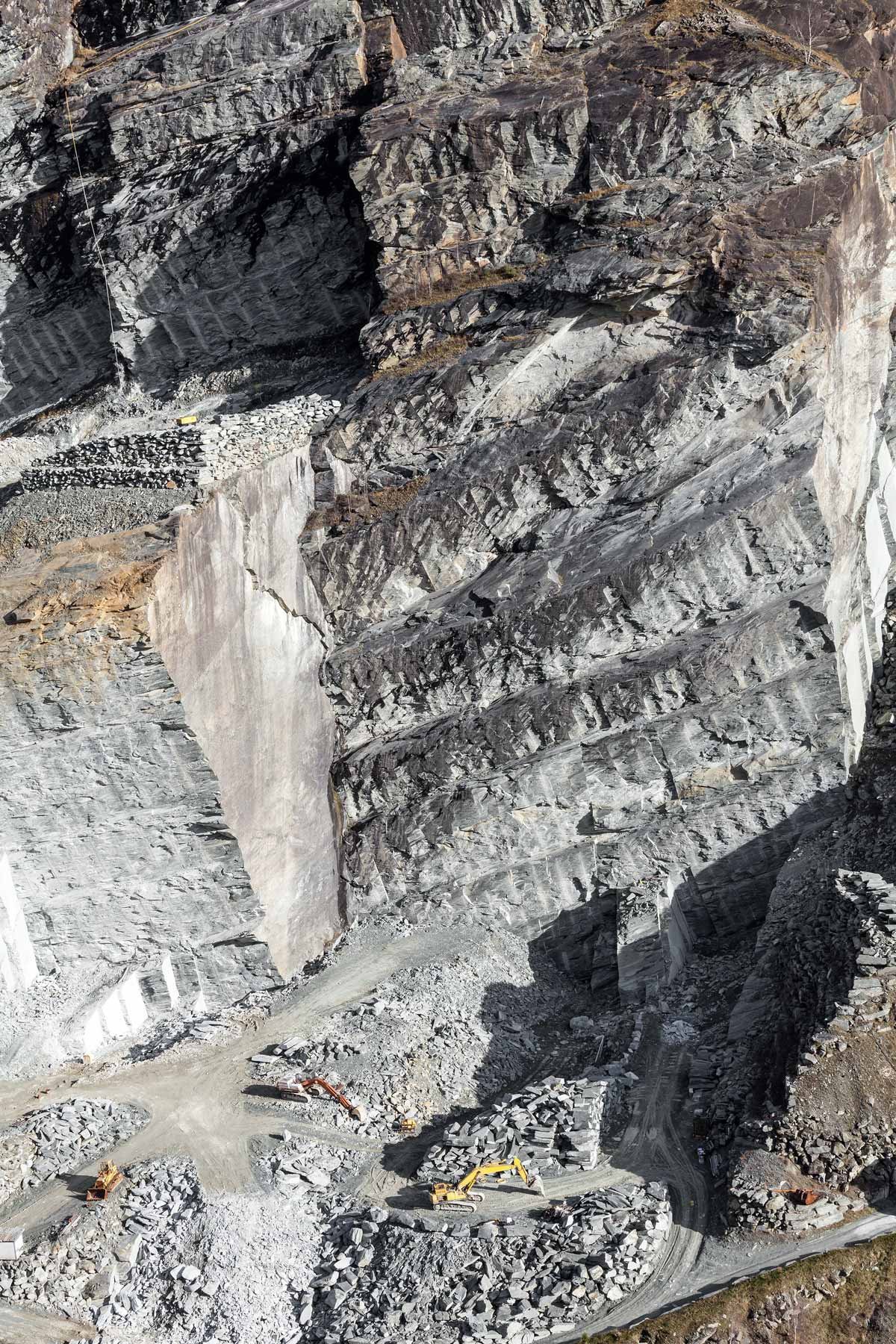
Soapstone is a metamorphic rock formed under intense heat and pressure. It’s primarily composed of talc, which gives it that soft, soapy feel. But it also includes other minerals like chlorite and dolomite, which contribute to its durability and heat resistance.
Importantly, soapstone is nonporous by nature—meaning it doesn’t absorb liquids like many other stones. That’s a significant reason it’s so popular in kitchens, bathrooms, and any space where moisture is a concern.
- Quarrying: Soapstone is extracted from quarries using traditional mining methods. Workers cut large blocks of soapstone from the earth.
- Cutting: The blocks are then cut into slabs of varying thicknesses using diamond-tipped saws.
- Finishing: The slabs are finished to the desired level of polish, ranging from a honed, matte finish to a more polished look.
- Inspection: Each slab undergoes strict quality control to ensure there are no defects and that it meets aesthetic standards.
Varieties of Soapstone
Several varieties of soapstone exist, each with unique characteristics and colors. Some of the notable types include:
Santa Rita (Brazil): Uniform gray with a fine texture, perfect for sleek countertops and modern interiors.
Ouro Preto (Brazil): Darker hues with subtle green undertones, known for its durability and often used in sculptures.
Barroca (Brazil): Features intricate veining and color variations, making it versatile for various applications.
Santa Barbara (Brazil): Rich, dark colors with high durability, perfect for countertops and fireplaces.
Fantasia (Brazil): A mix of green, gray, and blue hues, known for its artistic and unique appearance.
Belvedere (India): Striking dark background with dramatic white veining, offering an elegant, sophisticated look.
Alberene (USA): Deep gray with a fine texture, durable and perfect for countertops and stoves.
Italian Soapstone: Gray to green hues with high heat retention, often used in stoves and fireplaces.
Churchill (Canada): Dense, dark color with a fine texture, ideal for countertops and sinks.
Popular Designs and Colors
People know soapstone for its simple beauty. Each type of natural soapstone has its own look and feel. Some types are lighter, while others have a deep charcoal appearance that adds dramatic contrast to modern spaces.
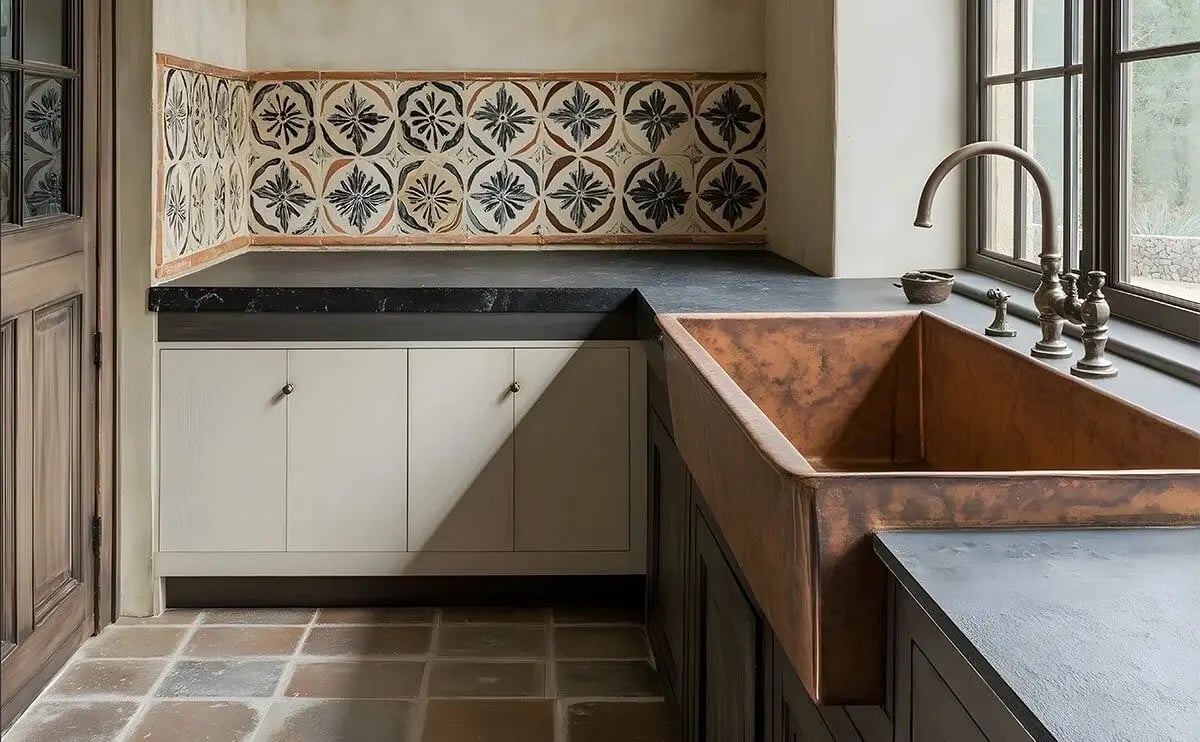
Churchill Soapstone Corner Kitchen
A Churchill Soapstone countertop with a matte finish goes well with a copper farmhouse sink. This combination matches the warm tones of the terracotta floor and the patterned tile backsplash.
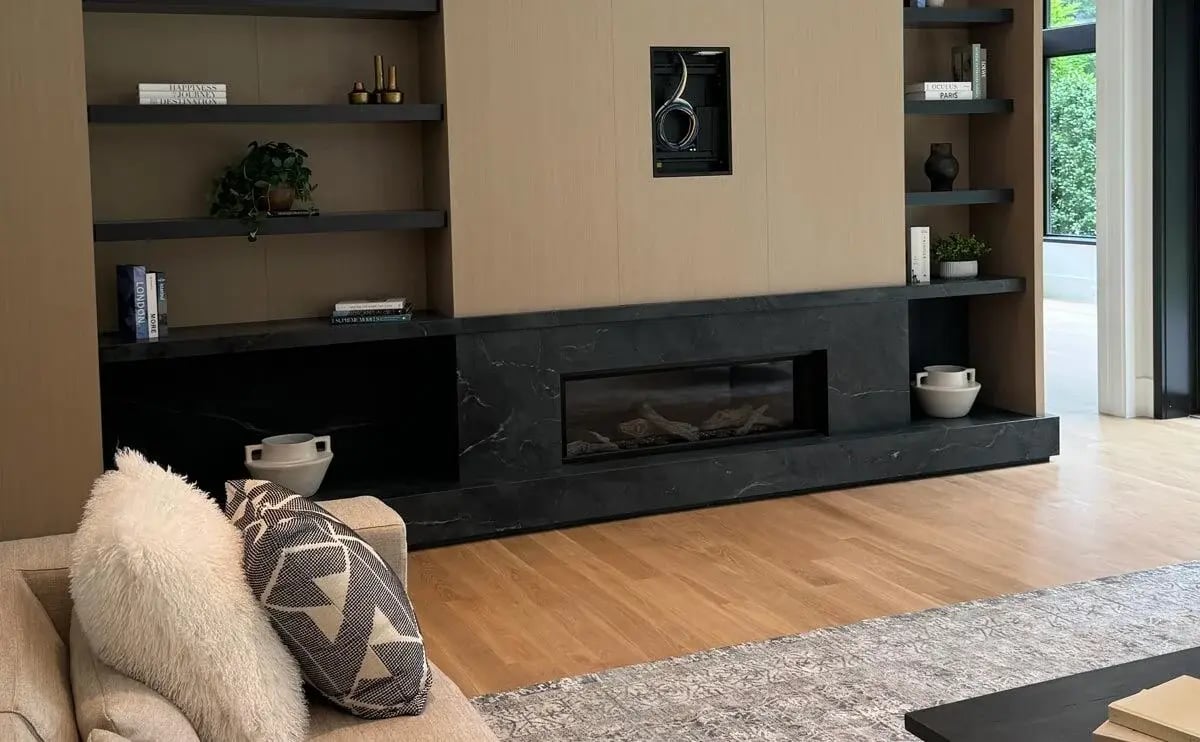
Santa Barbara Soapstone Modern Fireplace
A sleek, black Santa Barbara Soapstone fireplace has subtle veining. A modern living room features floating shelves and warm wood tones.
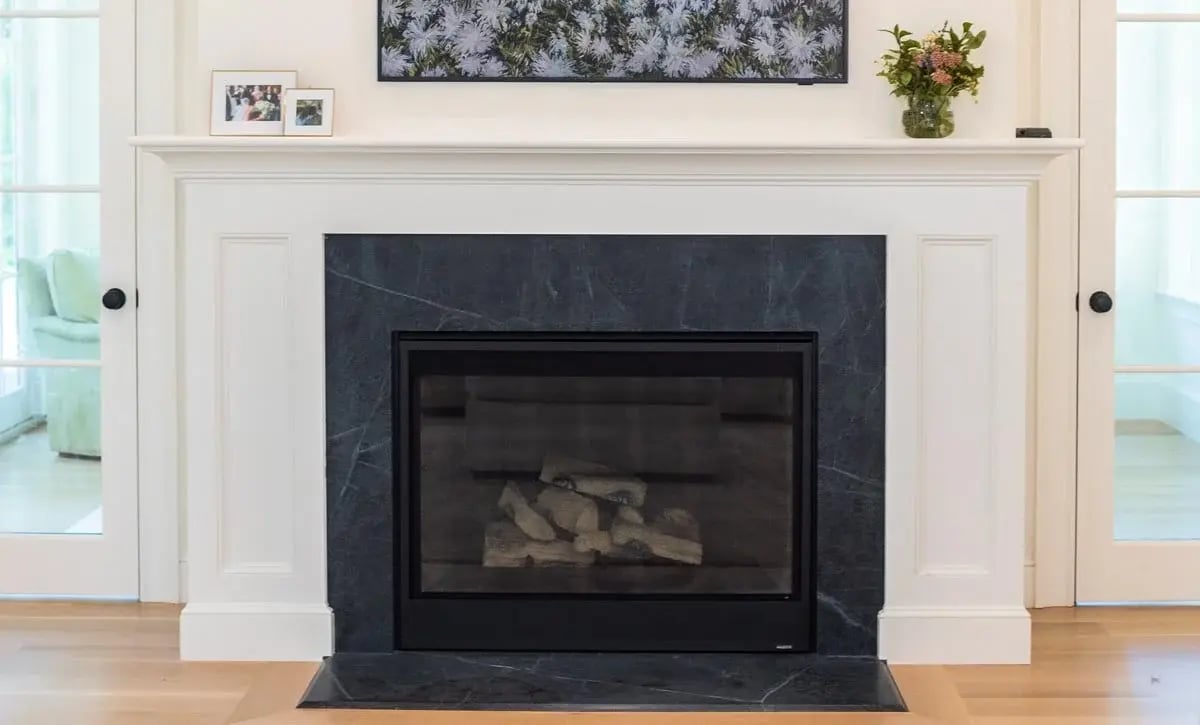
Fantasia Soapstone Fireplace
Fantasia Soapstone: A mix of green, gray, and blue hues, often enhanced when oiled. Many homeowners prefer the softer tones, while others opt for a richer, darker look with oiled soapstone.
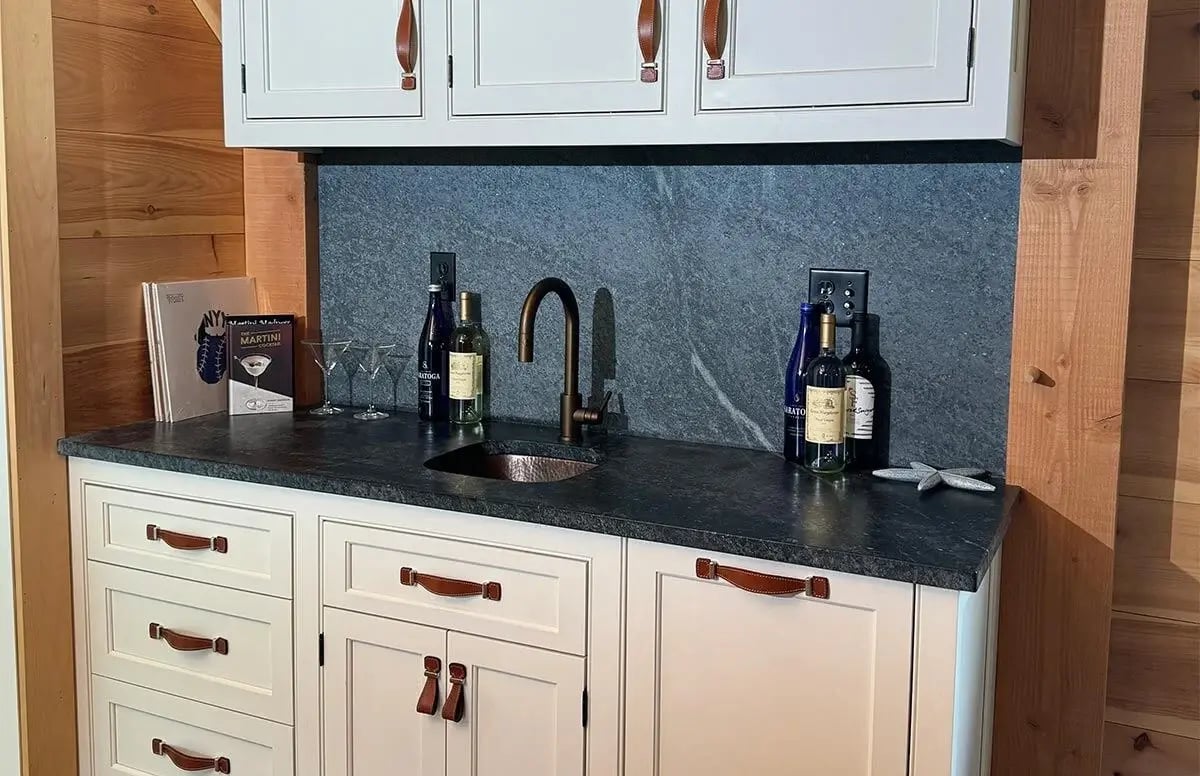
Ouro Preto Soapstone Bar
This bar setup features Ouro Preto Soapstone with a rich, dark surface and soft white veining. When you pair a copper sink with leather drawer pulls and white cabinets, it creates a rustic but elegant look. This style is perfect for a cozy entertainment area.
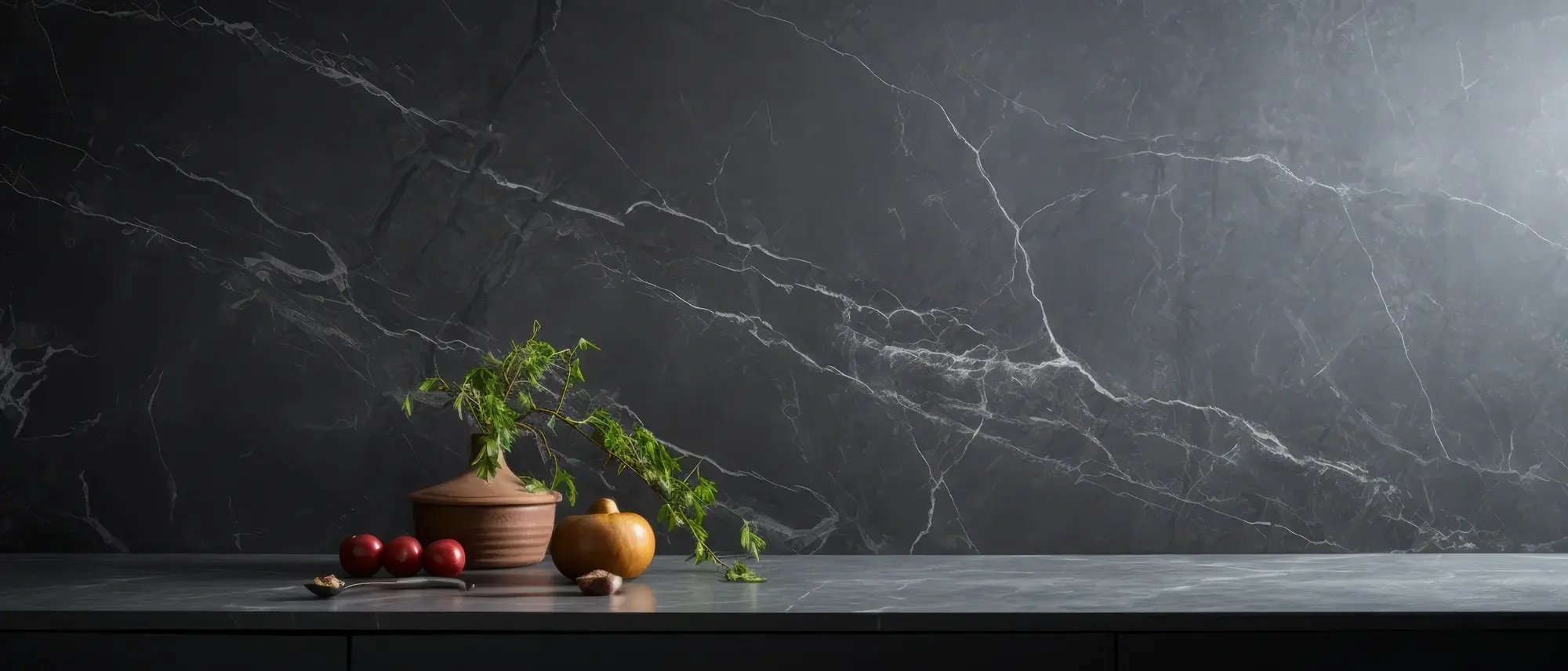
Italian Soapstone Elegance
A striking Italian Soapstone countertop and backsplash with dramatic white veining. Its smooth, matte finish adds timeless sophistication to any kitchen design.
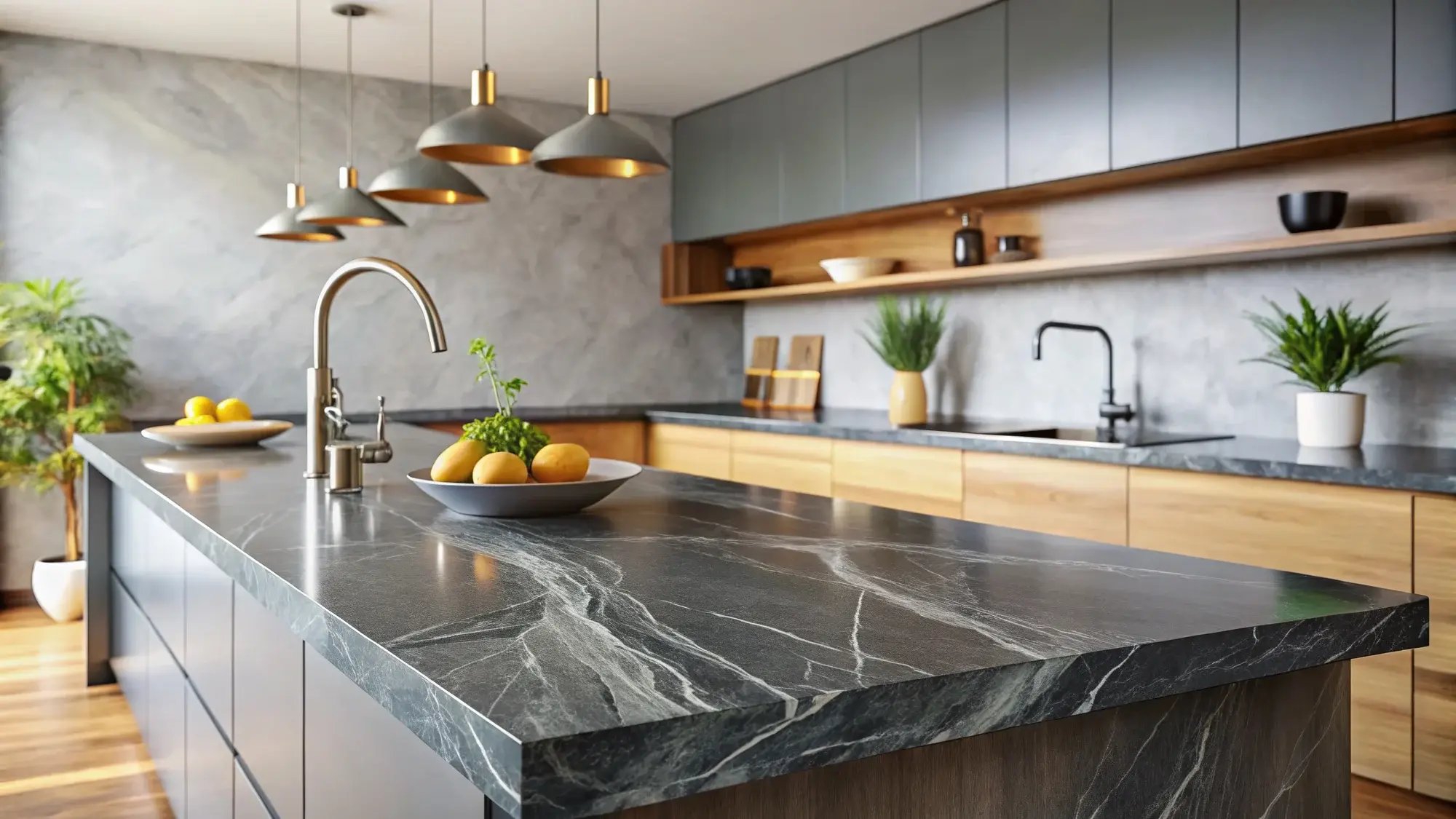
Barroca Soapstone Kitchen
This modern kitchen features Barroca Soapstone countertops with striking white veining. The natural texture and deep tone of the stone contrast beautifully with the warm wood cabinetry and minimalist design.
Comparisons with Other Materials

Soapstone vs. Marble:
People prize marble for its luxurious look, but it can stain and etch easily. Soapstone offers a similar elegance with better stain resistance and no need for sealing. A natural stone holds up well over time with

Soapstone vs. Granite:
Granite is harder and more scratch-resistant, but it requires regular sealing. Unlike granite, soapstone is non-porous, doesn’t need sealing, and develops a rich patina as it ages. Both are excellent countertop materials, but soapstone brings a more tactile, lived-in feel.

Soapstone vs. Quartzite:
Quartzite is tougher and requires sealing, but it lacks the warm touch and soft aging of soapstone. For a surface that improves with age and tells a story, soapstone is the better choice among natural stone options.

Soapstone vs. Quartz:
Engineers design quartz countertops for strength, scratch resistance, and color consistency. But they lack the natural charm of soapstone. While quartz is less prone to dents and scratches, it won’t develop the rich patina that makes soapstone counters so unique.

Soapstone vs. Porcelain:
Porcelain is ultra-durable and heat resistant, but it doesn’t age. Soapstone changes over time, deepening in tone and personality. That makes it ideal for homeowners who want a more natural, evolving surface.
Soapstone Countertops: Cost Comparison vs. Other Options
Soapstone Countertops: Cost Comparison vs. Other Options
Soapstone pricing typically falls in the $70 to $120 per square foot installed, depending on the color and slab size. That’s in line with other premium countertop materials like marble, granite, and quartzite.
While most colors of soapstone countertops have similar prices, supply and demand still influence the market. Some less common soapstone slabs may cost less per square foot. This is not because they are lower quality. Simply because of their availability or popularity.
When you compare cost per square foot, remember that soapstone is durable and easy to maintain. This can save you money in the long run. You won’t need to seal or reseal it, and you can fix small marks with light sanding.
Many clients see that soapstone countertops provide great long-term value. This is especially true when compared to materials that need regular sealing or special care.
Why Soapstone Is Popular
The rise in soapstone's popularity can be attributed to several factors:
- Aesthetic Appeal: Homeowners appreciate the natural, rustic look and the way soapstone ages gracefully over time.
- Low Maintenance: Soapstone’s resistance to stains and bacteria makes it easy to care for and maintain.
- Heat Resistance: Its ability to withstand high temperatures makes it a practical choice for kitchen countertops and other surfaces.
- Hygenic Surface: Because it’s non-porous and antimicrobial, soapstone doesn’t support the growth of bacteria or mold. That makes it a smart choice for surfaces that come into contact with food or water.
- Historical Significance: The use of soapstone in historical and architectural applications adds to its charm and appeal.
Soapstone Applications Around the Home
Soapstone’s versatility extends to various applications:
- Kitchen Countertops: Soapstone countertops in kitchens offer a surface that is stylish and can handle daily use.
- Bathroom Vanities: ts resistance to moisture and bacteria makes soapstone perfect for bathroom surfaces.
- Sinks: Soapstone sinks add a touch of elegance and durability to kitchens and bathrooms.
- Fireplace Surrounds: The heat resistance of soapstone makes it a popular choice for fireplace surrounds, especially in rustic settings.
- Outdoor Kitchens: Soapstone's resistance to weather and UV rays makes it suitable for outdoor kitchen countertops.
History of Soapstone's Use in New England
Soapstone has a rich history in New England, where it has been used for centuries in various applications:
- Colonial Homes: Early settlers used soapstone for sinks, countertops, and stoves because of its heat resistance and durability.
- Public Buildings: Soapstone was often used in public buildings and schools in New England. People valued it for its strength and usefulness.
Soapstone is different from other natural stones. Acids or bases do not damage it. This makes it a popular choice for surfaces in labs and science classrooms. - Quarries: New England is home to several historic soapstone quarries, which supply high-quality soapstone to the region.
- Architects have used soapstone in historic homes and buildings in New England. You can find it in hearths, mantels, and flooring.
Care and Maintenance of Soapstone Countertops
Maintaining soapstone countertops is straightforward:
Cleaning: Use a mild dish soap and warm water for daily cleaning. Avoid abrasive cleaners that can scratch the surface of this natural stone.
Oiling: Using mineral oil is optional. However, it helps make the patina even and gives a darker, more consistent look.
Preventive Measures: Soapstone countertops can handle hot pots and pans. However, using trivets can help avoid extra wear. Always use cutting boards to protect from deep scratches.
Scratch Repair: Minor scratches or dents are easy to fix—just buff with fine sandpaper and reapply mineral oil. Or leave them alone and let them blend into the developing patina. That’s part of the beauty of living with a naturally occurring stone.
Pros and Cons of Using Soapstone for Your Kitchen Countertop
Pros
- Natural Beauty: Offers a unique, rustic appearance with soft, subtle veining.
- Heat Resistance: Can withstand high temperatures, making it ideal for kitchen use.
- Stain Resistance: Non-porous and resistant to stains and bacteria.
- Low Maintenance: Does not require sealing and is easy to maintain.
- Aging Gracefully: Develops a beautiful, natural patina over time.
Cons
-
- Softness: Softer than granite, quartzite, or quartz, which makes it more prone to scratches and dents. However, many homeowners embrace these marks as part of the patina and natural character. If you desire, you can easily buff out most scratches.
If scratch resistance is a priority, quartz may be a better fit
- Limited Color Options: Soapstone usually comes in a small range of colors. These include soft grays, deep charcoals, and sometimes greens, blues, and whites. If you’re looking for bright or varied colors, another material might suit you better.
- Regular Oiling: Occasional oiling can bring out its rich, dark tone, but it's completely optional.
Soapstone Countertops: Frequently Asked Questions
What is soapstone?
Soapstone is a naturally occurring stone made primarily of talc, which gives it a soft, smooth feel. It remains non-porous, heat-resistant, and people have used it for centuries in sinks, stoves, and countertops. It offers a timeless, classic look that only gets better with age.
ow does soapstone compare in cost to other natural stones and quartz?
Soapstone is usually a mid-range choice among natural stones and quartz. It typically costs between $70 and $120 per square foot when installed. The final cost can change based on how complex the job is. However, it provides a great balance of quality and cost.
Is soapstone good for kitchen countertops?
Yes. Soapstone is non-porous, heat-resistant, and low maintenance, which makes it an ideal surface for kitchen use. It develops a natural patina over time that gives it character, and it handles everyday cooking wear with ease.
What are the disadvantages of soapstone?
The main drawback is that it’s a softer stone, so it can scratch or dent more easily than granite or quartz. Most surface marks remain shallow and you can sand them out or blend them in with mineral oil. Its color range is also more limited, which may not suit every design style.
Do soapstone countertops scratch easily?
Yes, they can. But most scratches are surface-level and can be easily smoothed out with sandpaper or hidden with a fresh coat of mineral oil. Many homeowners even come to appreciate the natural wear and patina soapstone develops over time.
What is the lifespan of a soapstone countertop?
With proper care, soapstone countertops can last 50 years or more. In fact, there are historic homes and even monuments that still have original soapstone features standing strong after centuries.
Is soapstone considered high-end?
Yes. Soapstone may not look as flashy as some other stones. However, its durability, rich texture, and timeless look make it a top choice. Designers and homeowners absolutely love it.
What is soapstone used for?
In addition to countertops, people commonly use soapstone for sinks, fireplaces, wood stoves, bar tops, and even cookware. Its natural ability to absorb and retain heat makes it ideal for both residential and industrial applications.
How often do I need to oil soapstone countertops?
Oiling is optional and mostly for looks. If you like the deep, rich charcoal tone, you can apply mineral oil every few weeks at first, then just occasionally. If you prefer the lighter, natural gray patina, you can skip oiling entirely.
What colors and patterns does soapstone come in?
Most soapstone ranges from light gray to deep charcoal, sometimes with blue or green undertones. Veining can be subtle or dramatic, depending on the slab. While the palette is more muted than other stones, the natural variations give each piece its own unique personality.
Transform Your Home with Soapstone Countertops
Today, most soapstone comes from Brazil, which is currently the world’s leading supplier of soapstone for countertops.
Quarries in the U.S., Canada, Finland, and India also produce soapstone.
Each region’s soapstone has its own unique coloring and texture.
In Brazil, people recognize soapstone as “pedra-sabao,” and they attribute deep cultural, historical, and artistic significance to it.
People use it in cookware, pottery, architecture, and many famous sculptures.
Many people trace much of soapstone’s versatility to its remarkable heat resistance.
It can withstand heat like no other natural surface.
People can use soapstone in many places. You can find it on kitchen countertops, bathroom vanities, and fireplaces. It also works well for wall coverings, laundry areas, outdoor kitchens, decorative fountains, and bar tops.
Manufacturers commonly use soapstone to fabricate custom sinks, including utility sinks and integrated kitchen or bathroom sinks.




